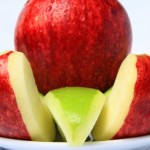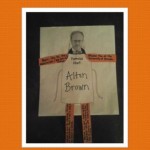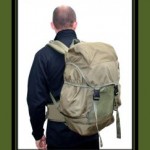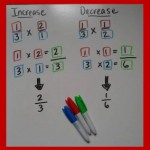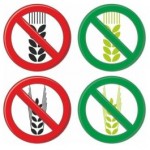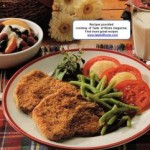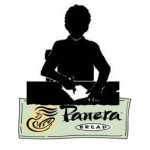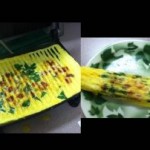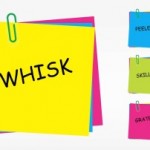
Many equate being pregnant with being able to eat “whatever” you want. After all, you are eating for two! However, there are many foods that are off limits during pregnancy. This unique lesson engages students by having them individually examine an assigned food to ascertain whether it should be eaten or avoided during pregnancy. With their newly acquired knowledge, they create a mini-poster using technology for use in a gallery walk activity. From there, t-charts are created and a group discussion ensues as to the correct placement of each food. “To eat or not to eat? That is the question.” Give it a try and see if your students aren’t highly engaged as they discover the answers to this infamous question.


